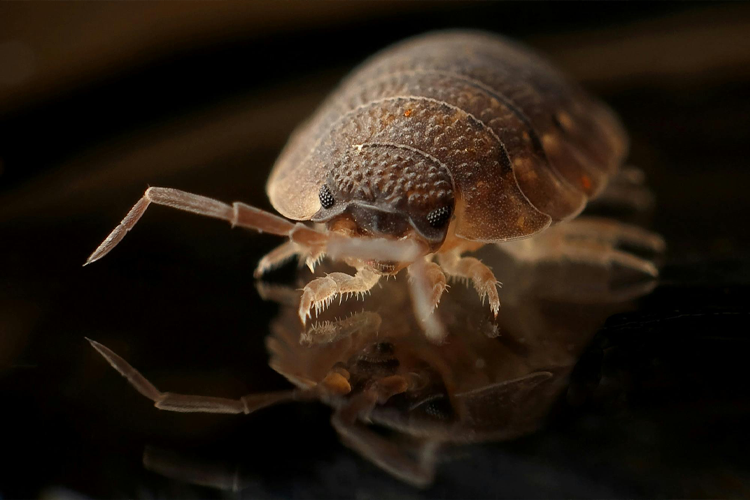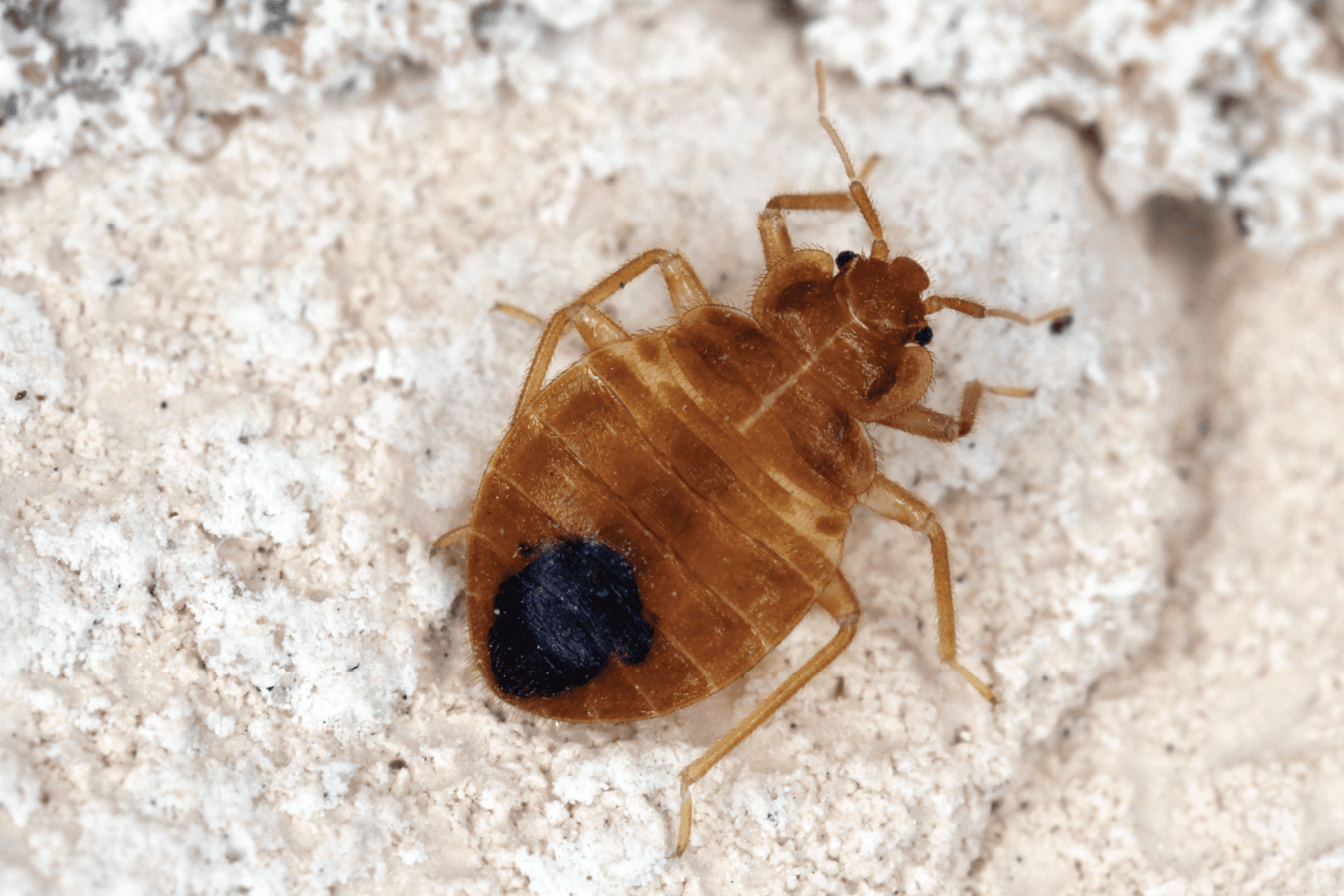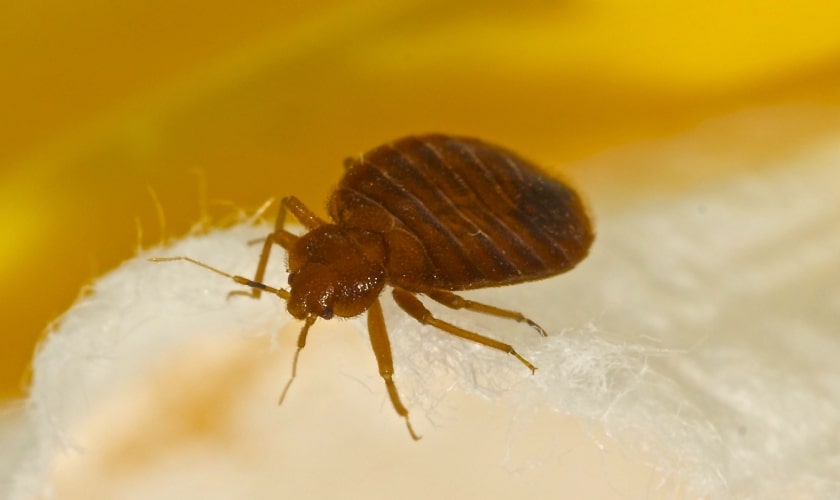Specialist Kings Pest Control Services Cincinnati OH
Specialist Kings Pest Control Services Cincinnati OH
Blog Article
Types of Pest Control: Which Technique Is Right for Your Invasion?
When faced with an insect infestation, the option of a proper approach for insect control is crucial in properly taking care of the circumstance. By checking out the various kinds of bug control methods readily available, individuals can make enlightened decisions customized to their unique situations, guaranteeing a more efficient and sustainable outcome in parasite elimination.
Chemical Bug Control
Chemical bug control includes making use of synthetic or normally acquired chemicals to take care of and get rid of pest populaces efficiently. This approach is commonly used in farming, forestry, and domestic setups to fight a large array of parasites, consisting of bugs, weeds, and rodents. Using chemical pesticides can supply fast and targeted services to pest invasions, making it a popular option for many individuals and organizations.
Among the vital advantages of chemical parasite control is its capacity to swiftly remove insects, minimizing the threat of damage to crops, home, and human health. By utilizing particular chemicals that target specific pests, this method can effectively manage problems while minimizing harm to advantageous microorganisms and the environment when used properly.
Nevertheless, making use of chemical pest control additionally increases problems regarding prospective unfavorable effects on non-target varieties, water sources, and human health. It is essential to comply with safety standards, apply chemicals sensibly, and think about different pest control approaches to decrease these dangers and guarantee sustainable pest management practices.
Organic Insect Control
Organic pest control, additionally called biocontrol, uses living microorganisms to lower and manage parasite populaces normally. This method uses the power of nature to control insects without the demand for artificial chemicals. Biocontrol can entail the intro of natural opponents of the bug species, such as predators, bloodsuckers, or virus, to reduce parasite populations. By using the parasite's natural killers or microorganisms, organic pest control offers a environmentally pleasant and sustainable option to pest administration.

Mechanical Insect Control
Utilizing physical and manual methods to manage insect populaces, mechanical insect control uses a different technique that does not rely on making use of living organisms or synthetic chemicals. This approach includes using barriers, catches, or other devices to literally prevent or eliminate bugs. By blocking parasite entry factors or setting up catches to capture them, mechanical insect control can efficiently lower invasions without presenting chemicals into the atmosphere.
One usual example of mechanical parasite control is the use of mesh displays on doors and windows to stop insects from going into structures. This straightforward yet reliable technique serves as a physical obstacle, maintaining parasites out while permitting correct ventilation. Furthermore, tools like mousetraps, fly swatters, and ultrasonic repellents drop under the mechanical pest control classification.
While mechanical bug control approaches can be labor-intensive and require routine tracking and maintenance, they provide a lasting and eco friendly remedy for managing pest invasions. By integrating various mechanical methods, residential property owners can create an extensive pest control method that decreases dependence on chemical pesticides.
Physical Parasite Control

Some common physical parasite control approaches consist of the usage of barriers such as displays or internet to stop pest access, catches to record and eliminate pests, and hand-picking to physically eliminate pests from plants or structures. In addition, methods like warm treatments can be utilized to control insects like bed bugs by elevating the temperature to degrees that are dangerous to the pests.
Physical pest control is specifically useful in incorporated bug management (IPM) strategies, where numerous insect control approaches are incorporated for efficient parasite monitoring while decreasing the usage of chemicals. By utilizing physical residential rodent control insect control methods, people can efficiently resolve pest problems with minimal environmental effect.
Integrated Bug Monitoring
When implementing physical insect control approaches as component of pest management techniques, Integrated Insect Administration (IPM) arises as a thorough technique that leverages numerous methods to successfully regulate pest populaces. IPM concentrates on lasting avoidance of parasites via a mix of organic, cultural, physical, and chemical tools tailored to certain bug issues. By incorporating numerous control strategies, IPM aims to lessen the dangers linked with pests while also minimizing dependence on chemical options.
One trick facet of IPM is the focus on tracking and evaluating pest populations to establish one of the most suitable control techniques. This positive technique permits very early intervention and targeted techniques, resulting in extra reliable parasite administration. Additionally, IPM advertises eco-friendly methods by focusing on non-chemical control approaches and just using chemicals as a last hope.
Verdict

By making use of the parasite's all-natural predators or pathogens, biological parasite control provides a eco pleasant and lasting option to pest administration. - Kings pest control cincinnati oh
Utilizing physical and hand-operated techniques to basics take care of insect populations, mechanical parasite control provides an alternate approach that does not rely on the usage of living microorganisms or artificial chemicals.A reliable approach to handling parasite populaces without relying on chemical or biological techniques includes the usage of physical parasite control methods.When executing physical parasite control techniques as component of pest management techniques, Integrated Bug Management (IPM) emerges as a detailed technique that leverages various techniques to successfully regulate pest populaces. Chemical bug control entails the use of chemicals, biological parasite control makes use of natural killers, mechanical insect control involves physical obstacles, physical parasite control consists of trapping or removing insects, and integrated insect administration integrates several approaches for an alternative strategy to pest control.
Report this page